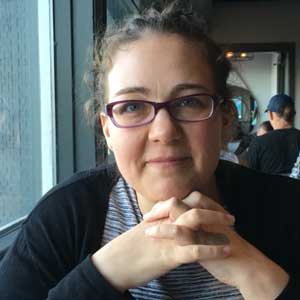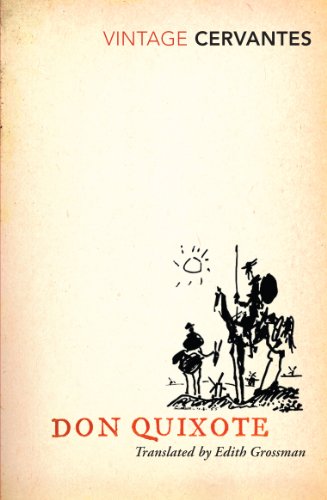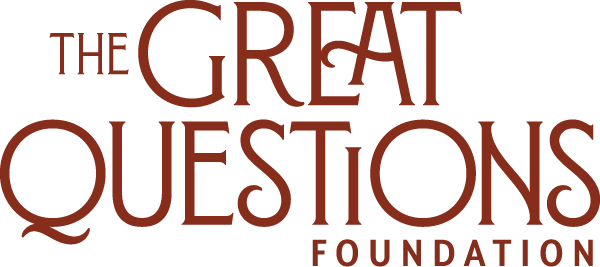Alice took up the fan and gloves, and, as the hall was very hot, she kept fanning herself all the time she went on talking. ‘Dear, dear! How queer everything is to-day! And yesterday things went on just as usual. I wonder if I’ve been changed in the night? Let me think: was I the same when I got up this morning? I almost think I can remember feeling a little different. But if I’m not the same, the next question is ‘Who in the world am I?’ Ah, that’s the great puzzle!
Lewis Carroll
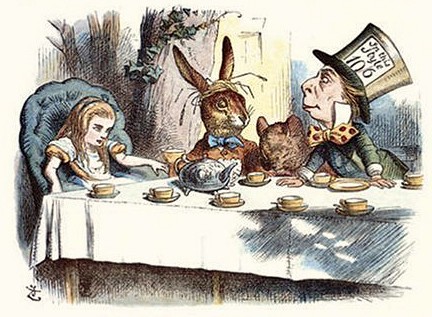
Alice’s Adventures in Wonderland
Lewis Carrol
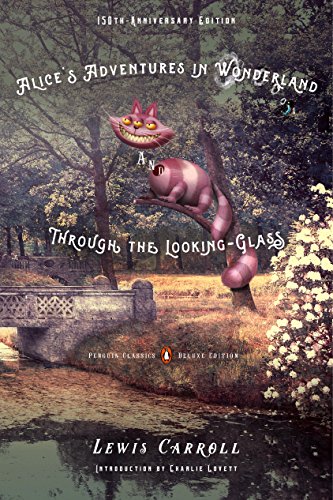
Alice’s Adventures in Wonderland. Lewis Carroll. (with John Tenniel illustrations) Alice’s Adventures in Wonderland and Through the Looking-Glass Penguin Classics Deluxe Edition) 978-1-14-3107620
Alice, bored on a summer afternoon, finds herself distracted by a talking White Rabbit wearing waistcoat and pocket-watch.
Curious, she follows him and falls into a rabbit hole that deposits her into Wonderland, a place where physical, social, and biological rules do not seem to apply. A disoriented Alice embarks on a series of adventures in which she meets a storytelling mouse, a lizard named Bill, a hookah-smoking caterpillar, a Mad Hatter and March Hare, an ephemeral Cheshire Cat, and a short-tempered Queen of Hearts, among other surprising characters. Alice floats through these episodes, not motivated by a quest or desire (not even, like Dorothy, a desire to return home), questioning her identity, memory, and what she knows
Why This Text is Transformative?
The story is familiar and accessible to all college readers, but might also surprise them, since the text itself is fundamentally different than many popular culture representations of it. There is an element of discovery in reading the original text.
Here are two reasons students might experience the text as transformative: Alice is a stranger-in-a-strange-land tale par excellence. It illustrates how one’s sense of self can be undermined in a new context. We may know ourselves in our own world, but who are we in a world that operates with rules we don’t understand? How do we respond to that which seems nonsensical? Readers are confronted with fundamental questions about the relationship between self and environment. Equally, Alice is a story about joy, innocence, imagination, and fun. Just as nonsense can challenge sanity and order, it can also be embraced and enjoyed. After all, the Oxford mathematics dean created the story for the entertainment of three little girls, and published it as a cheeky alternative to didactic children’s literature. In that sense, discussions of the text can center on the role of play and humor in the lives of all human beings and questions about the value of entertainment for entertainment’s sake.
A Focused Selection
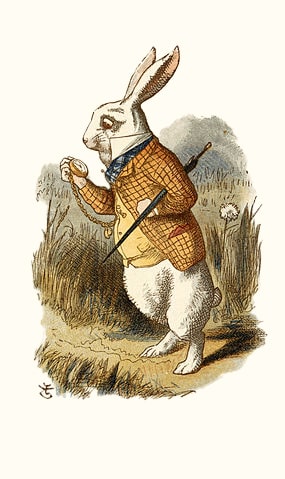
Undergraduates can read all of Alice’s Adventures in Wonderland, if one to two weeks of class can be devoted to it. The text is not difficult to read, is short, and illustrated. (It is highly recommended that students read a version of the text with the John Tenniel illustrations, which were produced in collaboration with the author.) The narrative is framed, so excerpting the work causes the loss of some context. Students could read half of the text (opening poem through Chapter VI) for one class period, and Chapter VII to the end for another.
Study Questions
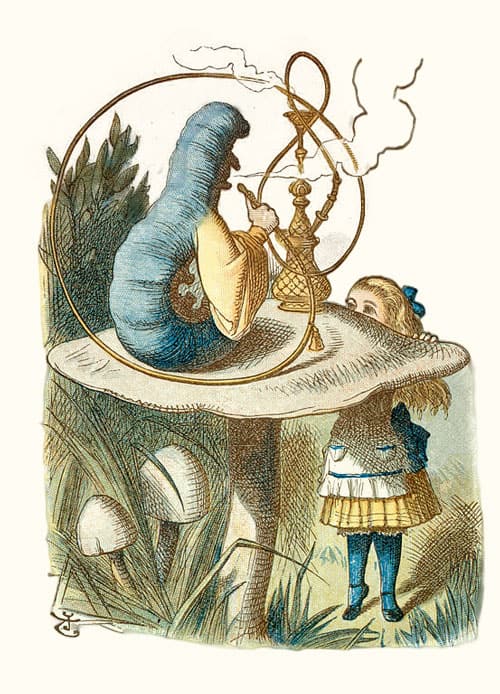
1) When confronted with the nonsense spoken by the characters in Wonderland (the mouse, Caterpillar, Duchess, Mad Hatter and March Hare and so on), Alice often responds with confusion or frustration. Does the text offer other possibilities for how to respond, and, if so, what are they? In general, what does the text seem to suggest about nonsense as a way of communicating and operating in the world? What kind of speech, rules or ways of communicating frustrate or confuse you? How do these experiences make you feel? Why? Are there other options for how you could respond?
2) Alice is asked multiple times to identify herself or to explain who she is. Repeatedly, she is unable to do so. (See, for example, her conversations with the Caterpillar, Cheshire Cat and with the King and Queen at trial.) What events or circumstances contribute to Alice’s confusion? In what ways does she attempt to figure out who she is or to otherwise get her bearings? Have you ever had a disorienting experience or crisis of identity? What caused it? How did you attempt to recapture your sense of self?
3) Alice’s Adventures in Wonderland provides clues as to what kind of formal education Alice has received, both in terms of content and form. How would you describe or characterize what she seems to know and how she learned it? Does this assist Alice in navigating Wonderland? If so, how? If not, why not? Think about your own experience with formal education. What have you been taught and how? What are some examples of times that education has served you well? In what circumstances has it not been as helpful?
4) The end of the book ends not with the thoughts of Alice herself, but those of her much older sister. She imagines Alice as a mature older woman, telling the story of Wonderland to her own children and contemplates, “how she would feel with all their simple sorrows, and find a pleasure in all their simple joys, remembering her own child-life, and the happy summer days.” So, explicitly, Carroll means the book to say something about the nature of childhood.
5) What is the depiction of childhood in the book and what is that depiction based on? In what ways does Alice’s experience support the idea of “simple joys . . . and happy summer days?” In what ways does it challenge that portrait? How do these different ways of seeing childhood relate to your sense of childhood, based on either your own childhood experiences or those of the children in your life?
Building Bridges
Alice’s Adventures in Wonderland is a book about a journey in which a character feels out of place and tries to understand the culture, traditions, and language of another place. It might pair well with Don Quixote (use of humor as cultural critique), Democracy in America, The Odyssey and Journey to the West. Equally, it might be interesting to compare Alice to texts on the basis of how they construct childhood and cultural meanings of childhood. Those pairings might include The Communist Manifesto, Beloved, and/or Vindication of the Rights of Women.
Supplemental Resources
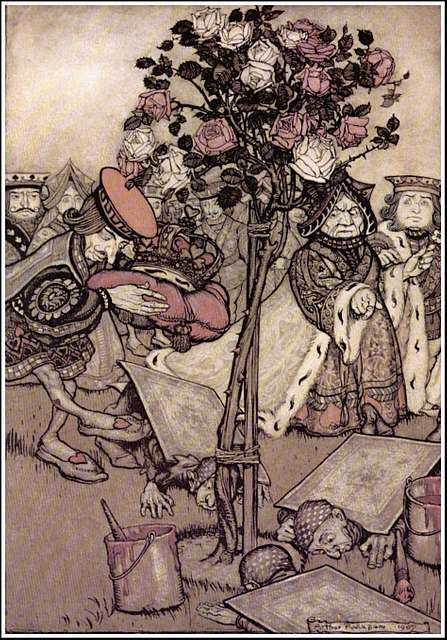
The Philosopher’s Alice (Peter Heath) is out of print now, but can be found used and in libraries and The Annotated Alice are helpful supplements for instructors, particularly for the history of the book and some of the logical/philosophical ideas that underpin Carroll’s thinking. The Lewis Carroll Society of North America and The Lewis Carroll Society (UK), as well as the Victorian Web’s site on Lewis Carroll, are all helpful starting places for publication history, information about adaptations, biographical information on Lewis Carroll, and other Alice-related information.
Text Mapping
Discipline Mapping
English/Composition Studies
Humanities
Philosophy & Religion
Page Contributor
